
Demystifying the Compensation Landscape for Portfolio Managers
The world of portfolio management is an intriguing realm where finance meets strategy, and the question of compensation often arises. How well are portfolio managers paid? In this comprehensive article, we will dive into the intricacies of portfolio manager salaries, shedding light on the factors that influence their earning potential.
Unraveling the Role of Portfolio Managers
Before we explore compensation, let’s first understand the crucial role that portfolio managers play in the financial industry. These skilled professionals are entrusted with managing investment portfolios on behalf of clients. They diligently analyze market trends, conduct extensive research, and make informed investment decisions to optimize returns while managing risk. The objective is to grow and safeguard their clients’ wealth, making portfolio managers indispensable in pursuing financial success.
Factors Shaping Portfolio Manager Compensation
The compensation of portfolio managers is influenced by various factors contributing to their earning potential. Let’s examine some of the key elements that play a role in determining their compensation:
Experience and Track Record
Experience is a vital factor in portfolio manager compensation. Seasoned professionals who have honed their skills and built a successful track record often command higher salaries. Years of experience bring a deep understanding of market dynamics, refined investment strategies, and the ability to navigate complex financial landscapes. Clients and employers highly value the expertise gained over time, justifying the higher compensation offered to experienced portfolio managers.
Education and Professional Designations
Educational qualifications and professional designations can significantly impact the earning potential of portfolio managers. A strong academic background in finance, economics, or related fields provides a solid foundation for understanding the intricacies of the financial markets. Pursuing advanced degrees such as an MBA or obtaining certifications like the CFA (Chartered Financial Analyst) designation demonstrates a commitment to professional development and can lead to higher compensation levels.
Performance and Investment Returns
Generating favorable investment returns is a critical factor in portfolio manager compensation. Consistently outperforming market benchmarks and achieving strong returns for clients are highly rewarded. Portfolio managers who demonstrate a track record of success, showcasing their skill in selecting profitable investments, are often compensated accordingly. Exceptional performance indicates their value in driving financial success for their clients.
Size and Complexity of Portfolios
The size and complexity of the portfolios managed by portfolio managers can influence their compensation. Managing more extensive portfolios requires expertise, diligence, and risk management skills. The responsibility and workload of handling substantial assets warrant higher salaries to attract and retain top talent capable of handling such demanding portfolios.
Industry and Geographic Location
The industry and geographic location in which portfolio managers operate can impact their compensation. Financial hubs such as New York, London, and Hong Kong often offer higher salaries due to the competitive nature of the financial industry in these regions. Additionally, specific sectors within finance, such as asset management or private equity, may have different compensation structures based on industry norms and market demand.
Company Size and Reputation
The size and reputation of the company employing portfolio managers can also influence compensation. Well-established financial institutions with reputable brands may offer more competitive compensation packages to attract and retain top talent. Working for a respected company can enhance a portfolio manager’s professional standing and increase their earning potential.
Exploring Salary Ranges for Portfolio Managers
While it is important to note that compensation can vary significantly based on the factors mentioned above, we can provide a general overview of salary ranges observed in the industry:
– Entry-Level Portfolio Manager: $80,000 – $120,000 per year
– Mid-Level Portfolio Manager: $120,000 – $250,000 per year
– Senior-Level Portfolio Manager: $250,000 – $1,000,000+ per year
These ranges serve as a rough guideline and are subject to variation based on experience, education, performance, and market conditions.
The Value of Portfolio Managers
Portfolio managers play a pivotal role in the financial industry, guiding clients toward their financial goals and helping them navigate the complexities of the investment landscape. Their compensation reflects their expertise, knowledge, and dedication to their roles. However, it is essential to note that for many portfolio managers, their motivation extends beyond monetary rewards. The satisfaction of making informed investment decisions, contributing to the success of their clients, and playing a part in shaping the financial future are often equally fulfilling aspects of their profession.
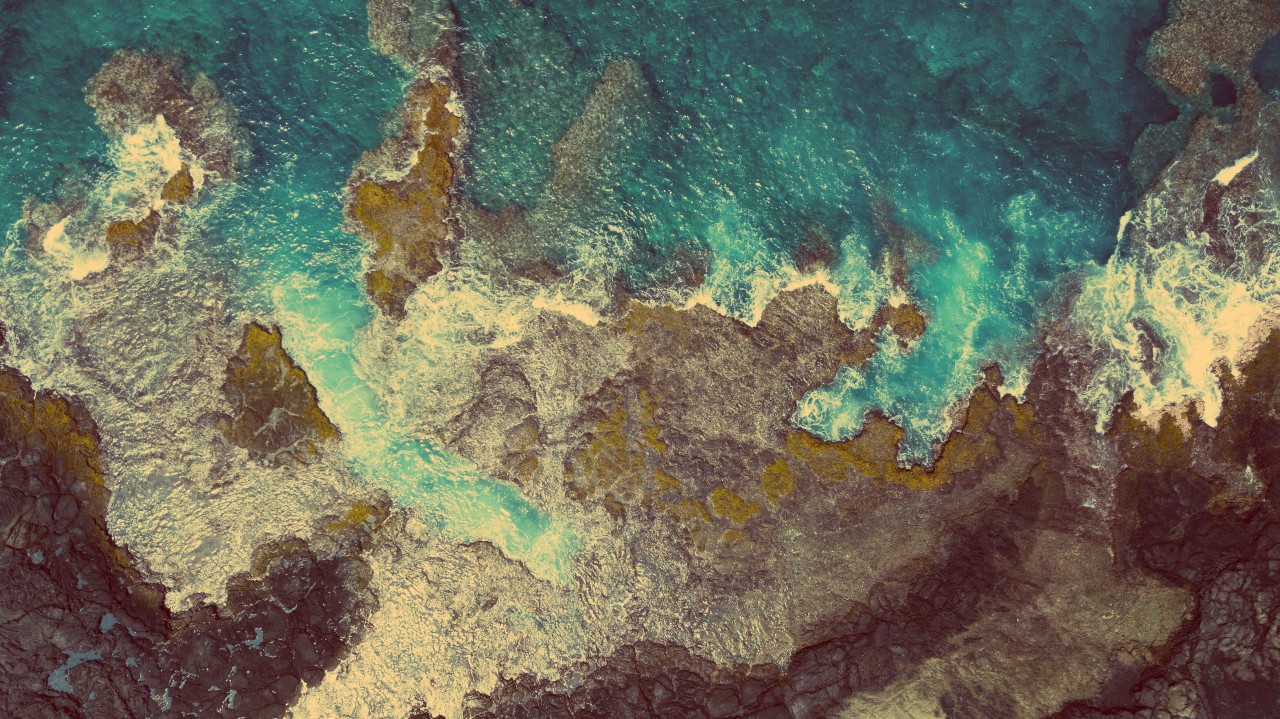
The Challenges Faced by Sailing Ships: Navigating the Seas with Sails
For centuries, sailing ships were the primary mode of transportation across vast oceans and seas. The elegance and simplicity of harnessing the power of wind through sails allowed explorers and traders to venture into uncharted territories. However, sailing ships were not without their challenges. This article will explore the problems faced by ships sailing with sails and how mariners overcame these obstacles.
The Dependence on Wind Conditions
Sailing ships heavily relied on wind conditions for propulsion, making them susceptible to the whims of nature. Calm or unfavorable winds could hinder progress or render the ship motionless, resulting in delays and frustrating voyages. Mariners faced the constant challenge of predicting and navigating through various wind patterns, such as doldrums, where the lack of wind made sailing extremely difficult. Navigating areas with inconsistent winds, such as the equator or near coastal regions, posed additional challenges.
Limited Maneuverability
Sailing ships lacked the agility and maneuverability of modern vessels. Turning a sailing ship required skilled coordination between the crew and the wind. This time-consuming process often restricted ships’ ability to respond quickly to changing circumstances, such as avoiding obstacles or navigating treacherous waters. Consequently, ships were vulnerable to collisions, especially in crowded ports or during battles, where maneuvering quickly was crucial.
Adverse Weather Conditions
Sailing ships were at the mercy of unpredictable weather conditions. Storms, hurricanes, and rough seas threatened the crew’s safety and the ship. Violent winds could tear sails or capsize a vessel, subjecting the sailors to life-threatening situations. Navigating extreme weather conditions required skilled seamanship, often resulting in damaged or lost cargo. Overcoming these challenges demanded a deep understanding of meteorology and the ability to make prudent decisions for the ship’s safety.
Lengthy and Unpredictable
Voyages Sailing ships faced the arduous task of enduring long and uncertain voyages. The lack of propulsion control meant journeys relied on favorable wind conditions, resulting in unpredictable travel times. Ships could be becalmed for days or weeks, delaying deliveries and increasing costs. The extended duration of voyages also exposed sailors to various challenges, including the risk of scurvy due to a lack of fresh fruits and vegetables and the need to maintain supplies and morale on board.
Communication and Navigation Limitations
Navigating the vast oceans without modern technology was a daunting task. Sailing ships lacked the sophisticated navigation systems we have today, relying on basic tools such as compasses, sextants, and charts. Calculating accurate positions and charting courses required skilled navigators who often faced challenges in adverse weather or when sailing in unfamiliar waters. Communication was also limited to visual signals, flags, and ship horns, making coordination and relaying messages between ships challenging, especially during critical situations.
Conclusion
With their majestic sails billowing in the wind, sailing ships encountered numerous challenges on their voyages across the seas. The dependence on wind conditions, limited maneuverability, adverse weather, lengthy voyages, and communication and navigation limitations presented formidable obstacles. However, the perseverance and ingenuity of sailors throughout history allowed them to overcome these difficulties, furthering exploration, trade, and the development of maritime nations. The legacy of these sailing ships and the lessons learned from their challenges continue to shape modern maritime practices.
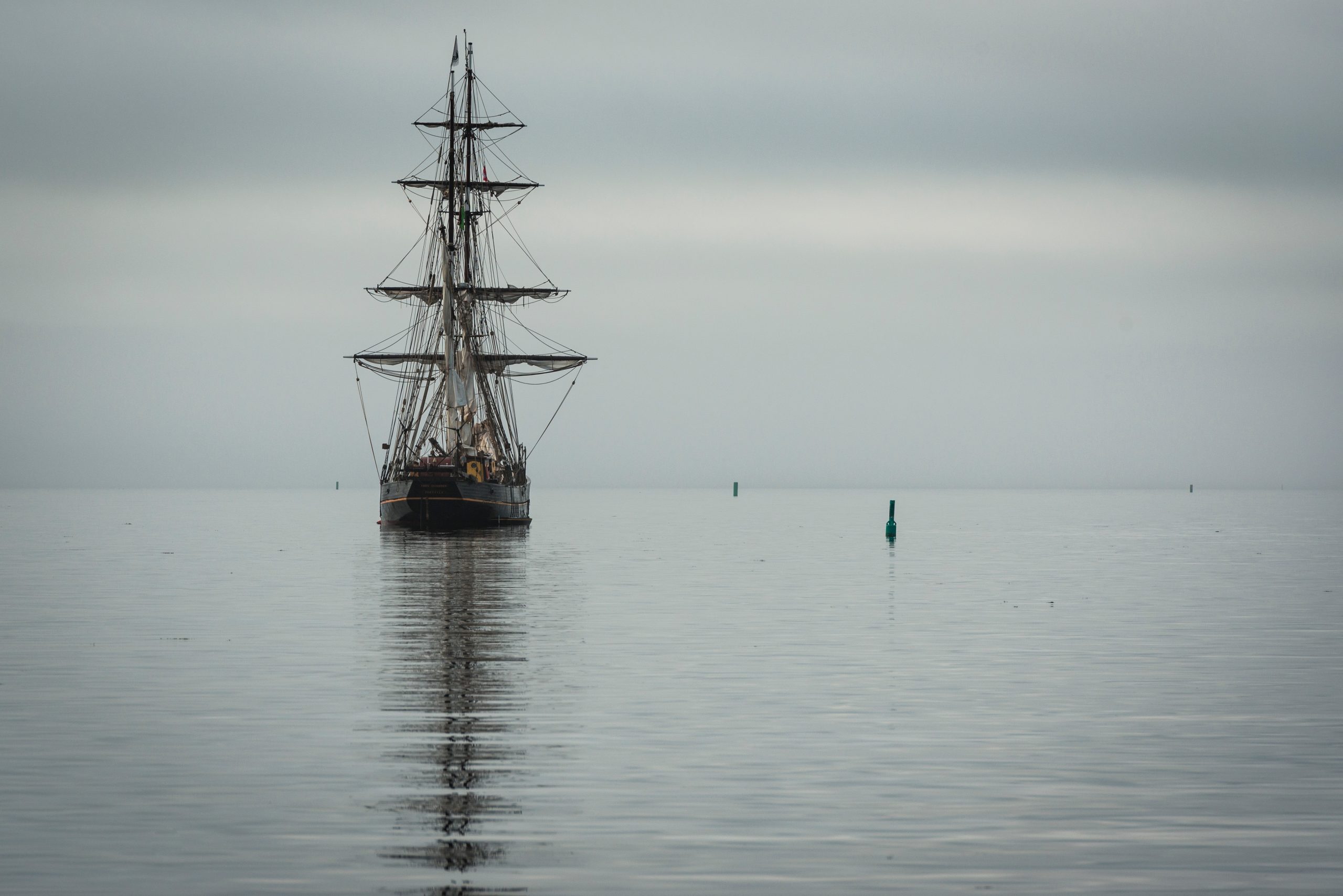
The Responsibilities and Duties of a Sea Captain
.The role of a sea captain is one that has been romanticized in literature and film for centuries. From tales of piracy on the high seas to epic voyages of exploration, the captain is often portrayed as the fearless leader steering a ship through treacherous waters. But what does a sea captain really do?
At its core, the job of a sea captain is to be responsible for the safe and efficient operation of a vessel at sea. This involves overseeing everything from navigation and crew management to cargo operations and safety protocols. Let’s take a closer look at some of the key duties and responsibilities of a sea captain.
Navigation
One of the most important responsibilities of a sea captain is navigating the ship through various bodies of water. This involves using navigational tools such as maps, charts, and GPS systems to determine the ship’s position and course. The captain must also be able to interpret weather patterns and ocean currents to adjust the ship’s course accordingly. In addition to ensuring the ship stays on track, the captain must also ensure that all navigation lights, signals, and markers are properly displayed and followed.
Crew Management
Another crucial aspect of the captain’s role is managing the ship’s crew. This involves overseeing everything from hiring and training crew members to monitoring their performance and wellbeing while onboard. The captain must also maintain discipline and resolve any conflicts or disputes that arise among the crew.
Cargo Operations
If the ship is carrying cargo, the captain is responsible for ensuring that it is safely loaded, stowed, and unloaded. This involves coordinating with the crew to ensure that the weight and distribution of the cargo is balanced to prevent the ship from capsizing or becoming unstable. The captain must also ensure that the cargo is properly secured to prevent damage or loss during transit.
Safety Protocols
Perhaps the most important responsibility of a sea captain is ensuring the safety of everyone onboard. This involves implementing and enforcing strict safety protocols to prevent accidents, injuries, or fatalities at sea. The captain must ensure that all crew members receive proper training on emergency procedures such as fire drills, abandon ship drills, and man overboard situations. They must also ensure that all safety equipment such as lifeboats, life rafts, and personal protective gear are in good working condition and readily available.
Other Duties
In addition to these primary responsibilities, a sea captain may be responsible for a variety of other duties depending on the type of vessel they are operating and the specific needs of their employer. For example, a captain of a cruise ship may be responsible for overseeing onboard entertainment and activities for passengers. While a captain of a research vessel may be responsible for managing scientific experiments and data collection.
Qualifications
To become a sea captain, one must typically have many years of experience working on ships of various types and sizes. Most captains start out as deckhands or officers and work their way up through the ranks. In addition to experience, a captain must also have the necessary certifications and licenses required by their country or region. These may include certifications in navigation, firefighting, first aid, and survival techniques.
Conclusion
In conclusion, the role of a sea captain is complex and multifaceted. From navigating treacherous waters to managing crews and cargo, the captain must be able to juggle a wide range of responsibilities while ensuring the safety and wellbeing of everyone onboard. While the job can be challenging and demanding, it is also rewarding and offers the opportunity for adventure and exploration. Whether one is captaining a cargo ship, a research vessel, or a luxury cruise liner. The job of a sea captain remains one of the most important and respected roles in the maritime industry.
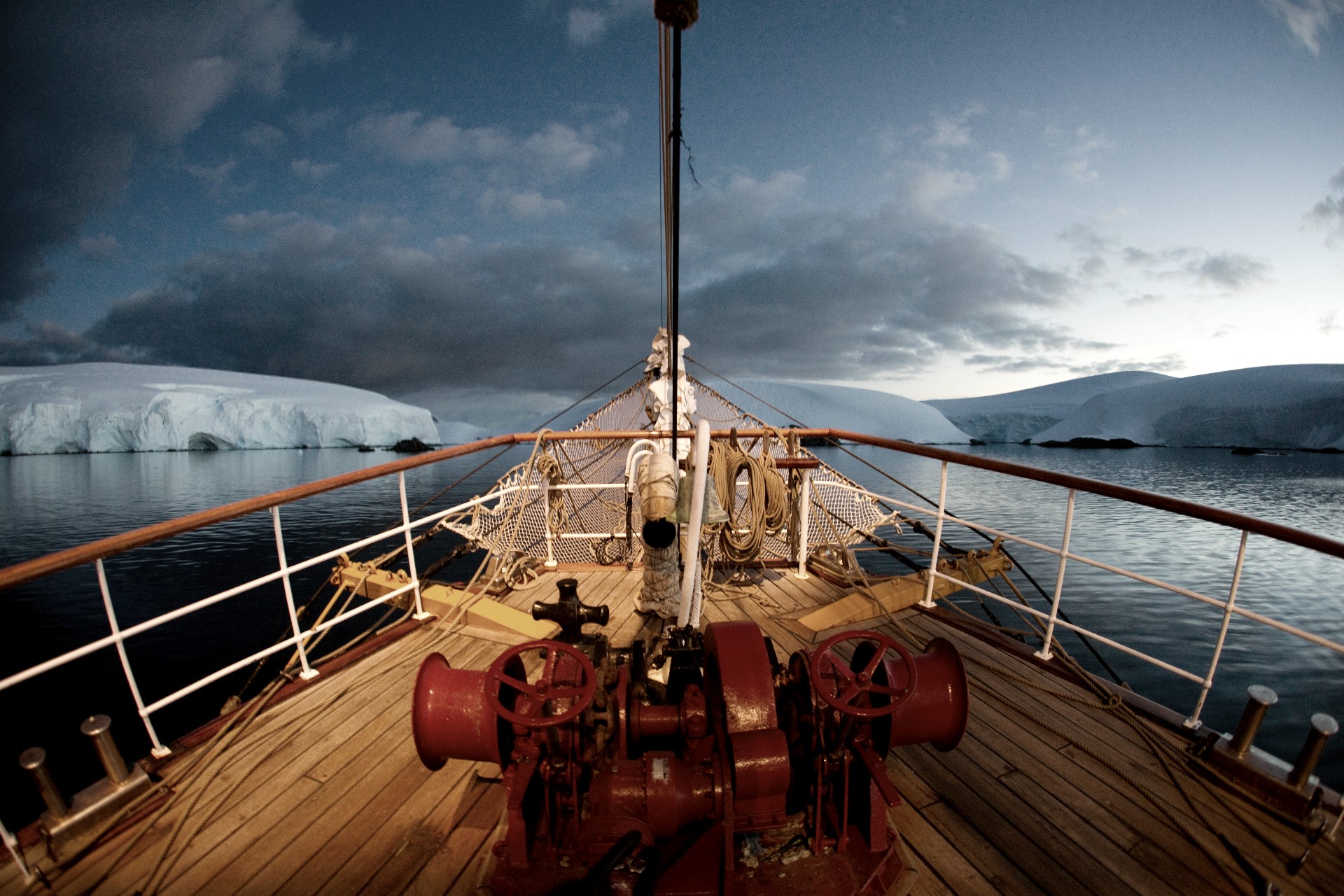
Who Was the Most Famous English Sailor?
There were many famous English sailors throughout history. Among them was Horatio Nelson, one of the most famous and successful British flag officers in the Royal Navy. Another famous sailor was Sir Francis Drake, famous for circumnavigating the globe. Queen Elizabeth rewarded him for his success, and later earned a knighthood.
Francis Drake
The most famous English sailor was Francis Drake, who completed the first circumnavigation of the globe and was knighted by Queen Elizabeth I. His voyages across the Atlantic opened up new lands for European exploration and colonization, but they also caused great tension between England and Spain.
In 1572, Drake obtained a privateer’s commission from Queen Elizabeth, which allowed him to plunder Spanish ships and cargoes in the Americas. He became particularly known for his raids on Spanish ports along the west coast of South America, a significant source of Spanish wealth.
Drake sailed from Plymouth in 1577 with a fleet of five ships and headed south and west through the Straits of Magellan. He then sailed north, seeking the Northwest Passage. The voyage was a difficult one, marked by storms and mutiny.
Sir John Hawkins
Born in Plymouth, England, Sir John Hawkins was a seafarer and a slave trader. He was an influential leader in the development of the Atlantic slave trade. He was also a famous pirate who had many adventures in the sea. He was a cousin of Sir Francis Drake, and the two men often worked together on sailing expeditions.
As a slave trader, he successfully transported 301 Africans to the Caribbean islands. This angered the Spanish and caused them to ban English ships from trading in their West Indies colonies. He later became a naval commander and an administrator and began to build fast, streamlined, yet well-armed vessels that could easily withstand battle. These ships were a major influence on the design of later frigates.
Sir Francis l’Olonnais
Francis l’Olonnais, or Jean-David Nau as he is known in Exquemelin’s Buccaneers of America (though many people today call him Long Ben), was one of the most infamous buccaneers of his time. He terrorized Spanish ships and coastal settlements with a reputation for extreme cruelty.
He was a master at torturing his victims, according to 17th-century pirate historian Alexander Exquemelin. He cut their tongues, hacked them to pieces, and squeezed a cord around their necks until their eyes popped out.
After he and his crew were shipwrecked off the coast of Panama, they ventured inland in search of food. But the natives soon caught them and killed them and ate them. Fortunately, only a few men managed to survive and escape. After returning to Tortuga, he built another crew and planned an attack on Maracaibo in modern-day Venezuela.
Sir Ben Ainslie
One of the most famous English sailors, Sir Ben Ainslie, has had a passion for sailing from a young age. When he was seven years old, he learned to sail at the family home in Restronguet Creek near Falmouth, Cornwall.
After gaining silver in the Laser class at the 1996 Atlanta Olympics, he won gold four years later in Sydney, beating Brazil’s Robert Scheidt in a grueling rematch. In 2000 he switched to the Finn class, which required him to put on a significant amount of weight (some 18 kilograms) to compete.
He won gold in the 2008 Beijing and 2012 London Olympic Games, becoming the most successful British sailor ever. He has partnered with INEOS to launch a British team for the next America’s Cup in 2021.

What Is a Sea Captain?
Sea captain are responsible for a merchant ship’s safe and efficient operation. Their duties include navigation, crew management, cargo operations, legal compliance, and more.
It takes a lot to be a sea captain, and not everyone is cut out for the job. Here are some things you should know before leaping to become a sea captain.
The term is a figurehead-Sea Captain
A sea captain is a person who helps a ship. However, a skipper is not necessarily a licensed maritime professional and may be an owner of a boat who simply knows enough to navigate it safely.
A figurehead is a decorative figure often carved onto a ship’s bow. These figures can be a variety of shapes and sizes, including swans, lions, and dragons.
As time passed, the figureheads were a common feature on most ships. However, they became less popular with the emergence of large battleships. Eventually, the practice was eliminated.
The term is gender-neutral.
Gender neutrality is a movement that promotes policies, language, and other social structures that do not distinguish roles according to people’s gender. It also aims to reduce or eliminate discrimination caused by gender bias.
Gender-neutral language can be a useful way to show respect and inclusion for all audience members, regardless of their gender or beliefs. Using inclusive, empathetic language is especially helpful for members of LGBTQIA+ communities.
A lot of the language we use comes from our cultural traditions and expectations, including words that assume connections between jobs and gender (like “policeman”) or language conventions that differ depending on a person’s gender (like titles that indicate a person’s marital status).
As a result, it’s important to be aware of how you’re using gendered language. Carefully look through your company’s existing literature and content to identify terms that may be unintentionally polarizing and swap them for gender-neutral pronouns or other identifying phrases that are respectful and inclusive.
The term is a nautical term.
A nautical term is a word or phrase that comes from the maritime world and relates to boats, ships, sailors, or one of those maps of the ocean we all know as charts. Learning these words and phrases will help you communicate better when you’re out at sea.
There are a lot of sailing terms that have developed over centuries. Some are simple and easy to remember, while others are complex and have more to do with history.
Nevertheless, these nautical terms have become part of our everyday vocabulary and are often very useful. It’s a good idea to learn these terms before you set out on a ship to use them effectively and safely.He has to be able to handle the stresses of the sea and keep his crew safe.
The term is a legal term-Sea Captain
A captain is the headman, commander, or commanding officer of a ship. The United States Navy, Royal Navy, Marine Corps, and merchant ships generally use the term “captain” to designate the person in charge of the vessel.
However, in some countries such as Italy and South Korea, the captain of a ship is not the only person whose authority is on board. In this case, the other people in charge of the vessel are the master and his mates.
Legally, the captain of a ship has the authority to take action on behalf of the crew and passengers if they are in danger or in need of help. The captain also has the authority to remove anyone from the ship if they refuse to follow his orders.
The term captain is a legal term that is used in both the maritime and criminal law sectors. In addition, it is a term used in courtrooms to refer to a judge or court panel of judges. Often, courts are called to sit in full bench sessions en banc when a particular case is important enough for the entire court to hear it.
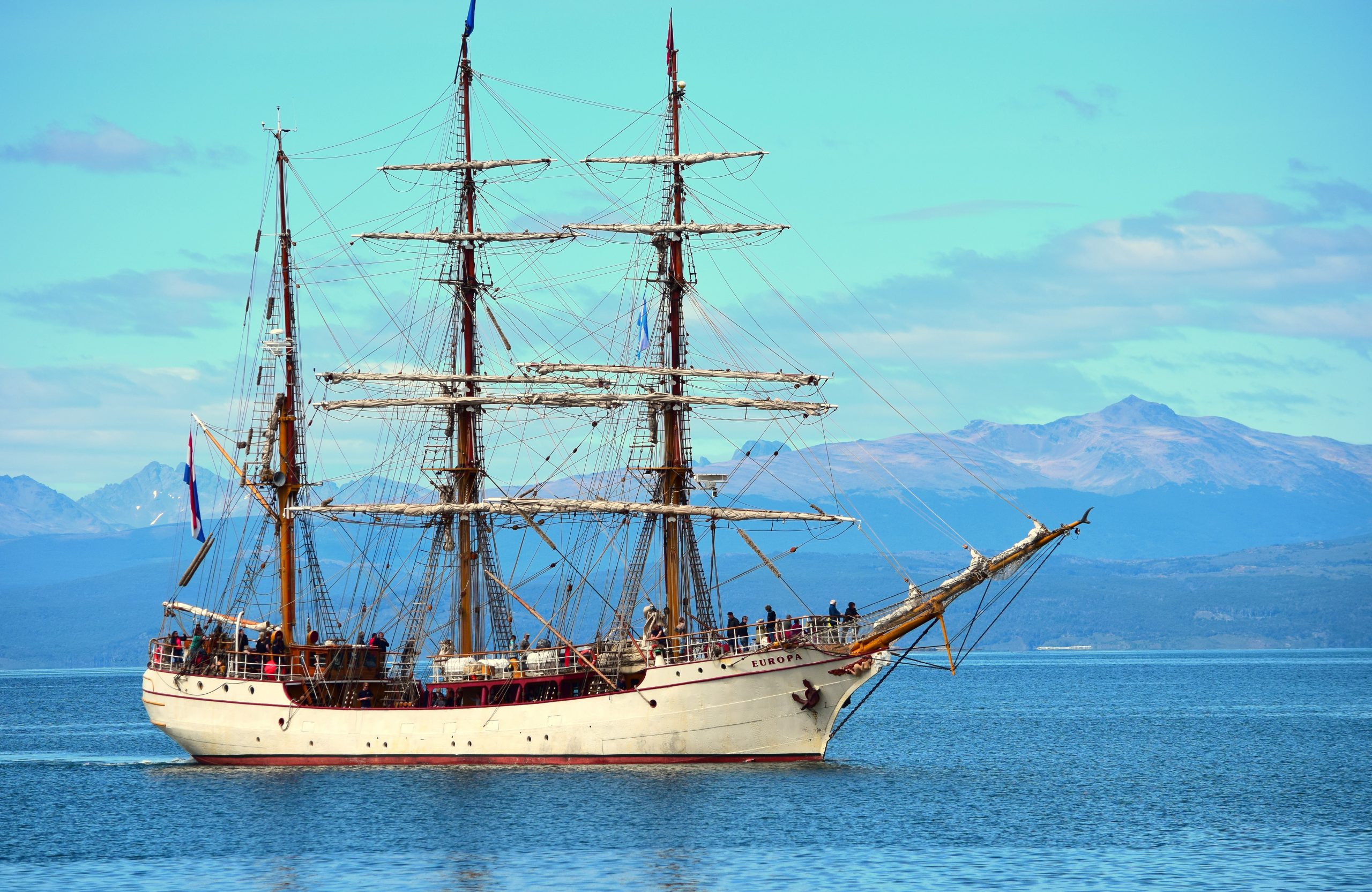
How Did Old Ships Survive Storms?
A major storm can wreak havoc on even the sturdiest ship, battering it with towering walls of water.
Fortunately, modern forecasting methods make getting out of the way easier. That’s not to say a hurricane can’t still be a scary experience.
In the past, a hurricane could destroy a ship for days or even weeks before it sank. Here’s how they did it.
Wind
Among the many challenges that sailors face at sea, storms are one of the most dangerous. They can wreck even the most sturdy ships and force crews to turn back.
To avoid the worst storm, ships would try to steer for the ocean area that will see the shallowest waves and lowest winds, the side counterclockwise from the storm’s leading edge. They also had to ensure they were far away from land so they wouldn’t crash into it.
Old ships didn’t have any way of knowing the wind or wave height, so they had to improvise. That meant heaving their sails up or down and furling them as needed to keep them from blowing off.
They also had to be careful not to run directly into the oncoming waves, or the waves could rip over the stern (back) of the ship. This would cause damage, and it could dump tons of water aboard and rip out the bottom of the ship.
Waves
The sea is one of the harshest environments for ships. It churns waves and seawater that can corrode metal, destroy equipment and cause damage to passengers and cargo.
But a well-designed ship, with a competent crew and good weather information, can survive most storms. The most dangerous storm is the one with big waves, which can be hard to predict or avoid.
Scientists have developed a way to detect and track these dangerous waves, called rogue waves. They are much bigger than other waves and are not predicted by normal forecasts so they can wreak havoc on ships and their crews.
Luckily, these rogue waves are rare. There’s only a chance of catching one every 3,000 waves. But they can still be a scary experience, so it’s important to anticipate them when sailing. It’s also best to take action in a calm and organized fashion rather than to panic. That way, you won’t do more harm than good.
Storm Sails
Historically, sails were a key tool for sailors to stay safe at sea. They kept a boat afloat during storms and protected from strong winds, waves, and currents.
Today, sailboats are much safer and more efficient than before, thanks to technology and design improvements. Sailors also have more options when preparing for dangerous weather conditions.
For instance, modern boats can carry a storm sail or trysail in addition to a normal mainsail. These small triangular sails are typically attache at the base of a mast using a multi-point tie system and can be easily deployed in rough weather.
Some sail lofts build storm sails specifically for offshore racing sailors, who often use them to achieve high speeds in foul weather. These sails are usually more durable than consumer models and are reinforce where they’re most likely to see the most wear.
The Crew
When storms rolled in, sailors of old were armed with harnesses and sophisticated equipment to protect themselves against the elements. Even so, being on the ocean’s surface during a hurricane was a terrifying prospect.
Today, the National Weather Service helps ships to avoid storms and track them before they strike. But there was no such thing as a public weather forecast during the Golden Age of Piracy, so crews would have to do all they could to survive a raging storm at sea.
That’s why many old ships were built with a large and experienced crew that knew to survive a disaster like this. That’s why it is important to learn from these brave men who put themselves in danger so we can keep our ships safe and sail safely into the future.
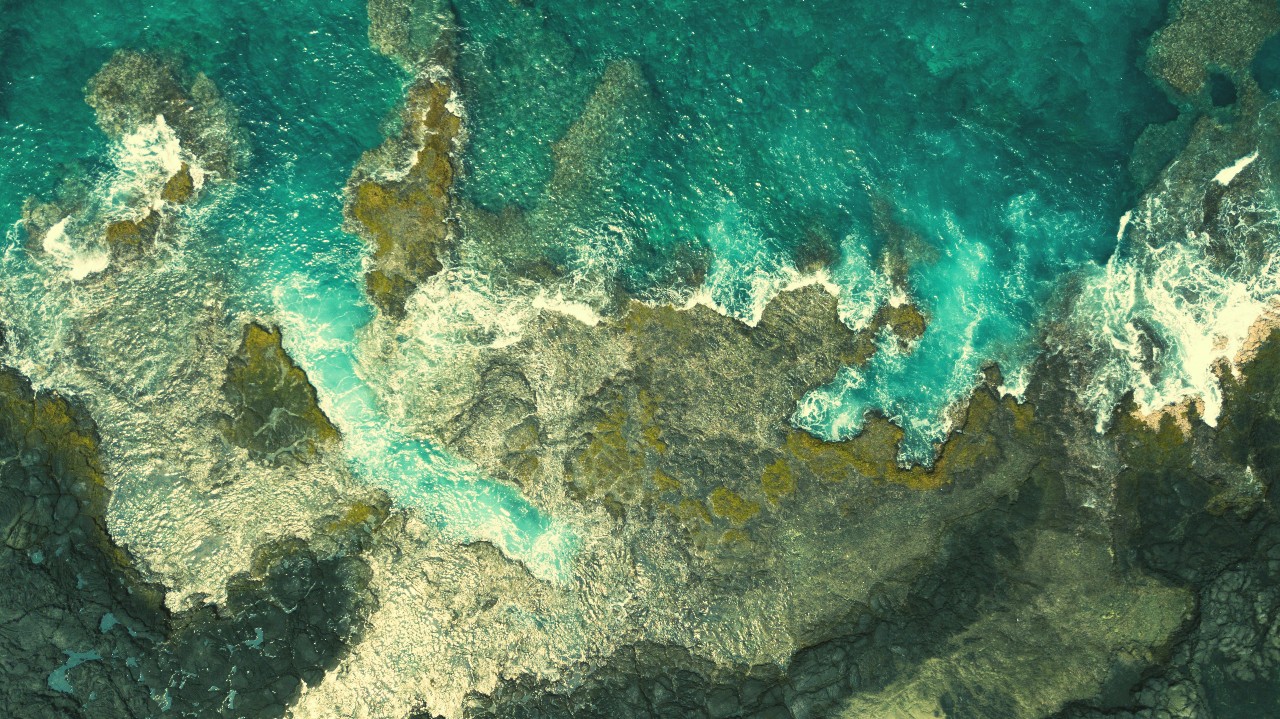
Stressful Factors of Being at Sea
When it comes to sailing, several factors can cause stress for a person. Some of them are fatigue, lack of communication with the outside world, work-related stress, loneliness, and COVID-19. If you have any of these problems, you should seek help immediately.
Fatigue
Fatigue is a significant cause of concern for seafarers. It can be associated with short or long-term ill health and reduced performance. A proper approach to fatigue could improve safety in the maritime industry.
Many factors influence the amount of fatigue seafarer experiences. These include behavioral, psychosocial, and environmental influences. Some are more manageable than others. But some aspects are unique to seafarers.
Long working days and work shifts are standard features of life at sea. Unpredictability is another factor. Port turnarounds are a particular stressor.
Fatigue has been linked to accidents, ill health, and reduced performance. But it is essential to consider the role of fatigue in the context of individual circumstances.
Studies on fatigue at sea have focused on work schedules, stress, and sleep. However, more needs to be done on the actual level of fatigue in seafarers.
Work-related stress
Work-related stress is a severe issue for employers and employees. It affects the health and productivity of organizations and may lead to psychological and physical problems. There are several ways to reduce occupational stress, and this book offers an overview of them.
One of the most common symptoms of work-related stress is sleeping problems. Maritime professionals who cannot get a whole night’s rest at sea can develop severe sleep deprivation, which can impair their performance. To prevent this, companies should provide workers with adequate training and discuss appropriate action.
Another common sign of work-related stress is lost appetite. This can be caused by working long hours, inadequate sleep, and conflicts with co-workers. If this occurs, you should tell your employer. They can help you through professional counseling.
COVID-19
The International Maritime Organisation (IMO) estimates that human factors cause approximately 80% of cargo ship accidents. As a result, fatigue is a significant risk factor that should be incorporated into maritime safety.
Many studies have examined fatigue’s effect on seafarers’ performance. Researchers have found that fatigue, or the lack of sleep, has a detrimental impact on performance, particularly in naval seamen.
Fatigue is a common factor among seafarers. Studies have shown that pilots experience more sleep disturbances than other crew members. It is also believed that exposure to low-frequency noise from big ships can increase stress-related chemicals in the body.
In addition to physical factors, psychological and social aspects of work have been shown to contribute to a lack of efficiency among the crew. Loneliness on board is a significant cause of mental distress. Other research has identified depression, anxiety, and other forms of emotional stress as factors.
Loneliness
Loneliness is a widespread problem among seafarers. This is due to the need for more contact with families and friends. In addition, seafarers often have long periods at sea before reaching port. These factors may lead to feelings of stress and loneliness.
Some causes of loneliness include a lack of close family members or friends, relocation, divorce, and social distancing. Others are more internal. Whether the reason is mental or physical, loneliness can affect all aspects of your life.
A recent study found that loneliness is associated with cardiovascular problems, including heart attacks and strokes. It can also increase your risk of Alzheimer’s disease. Research in 2021 concluded that social isolation is a major contributing factor to depression.
Several studies have shown that loneliness increases the odds of death. Other studies have linked social isolation to suicide in vulnerable individuals. There have also been reports that loneliness can contribute to substance abuse.
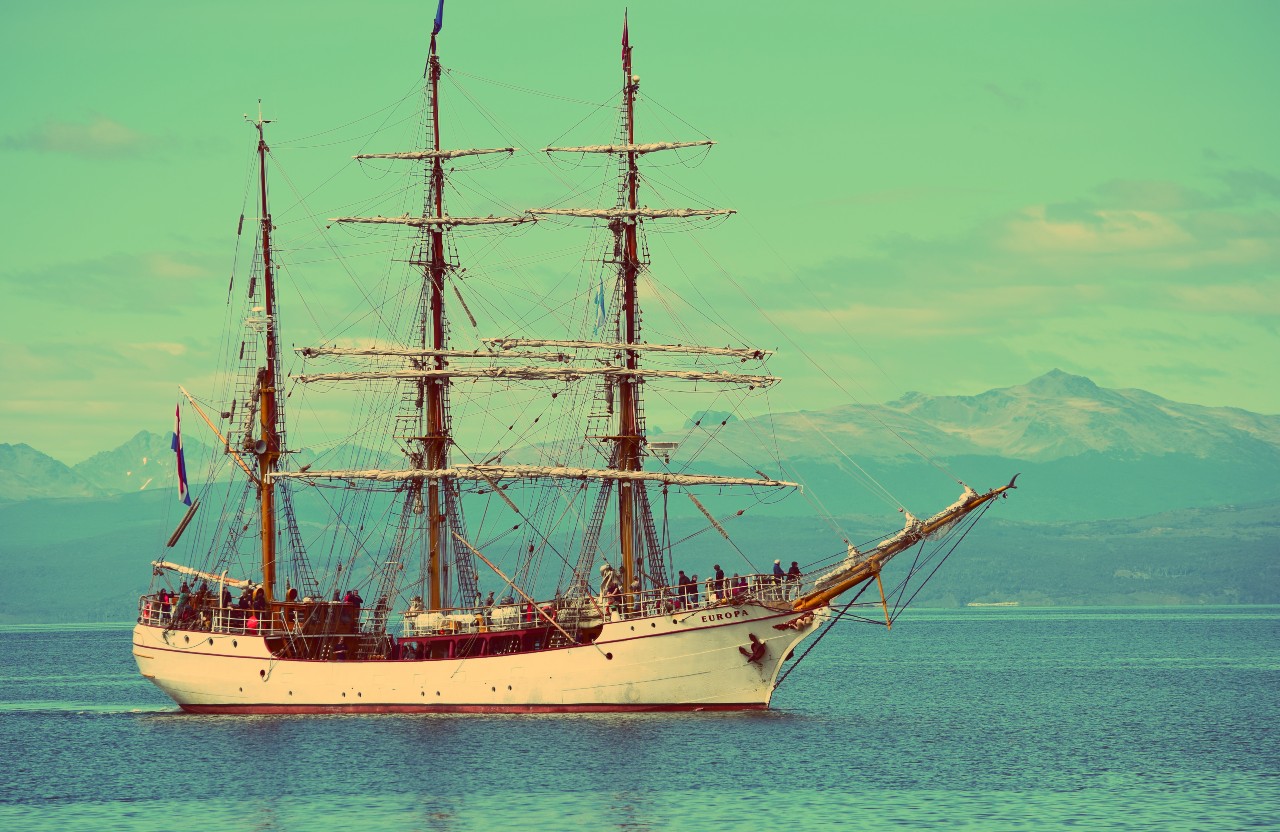
The Sea Captain Hat: A Classic Look for Any Occasion
If you’re looking for a classic look that you can wear any time of year, a sea captain hat might be just what you need. Whether you’re looking for a warm hat to keep the sun out of your eyes or a visorless cap to keep the rain out of your head, there’s a hat out there for you. You just need to know where to look.
Visorless cap
The sea captain’s hat is a classic and has been worn by sailors for centuries. The sexiest sailors’ hats are those made of wool felt. Often the name of the ship pictured on the brim is obliterated when the time comes to change ships. Some navies even replace the ship’s name with a generic title. The sea captain’s hat has been around for a long time and continues to captivate sailors and non-sailors alike.
A bevy of navies, including the U.S., have rolled out the sailor hat. A lot of these are the same as the aforementioned white hats, with a sprinkling of a few nautically themed variants. Aside from being an aesthetically pleasing item, they are functional, which is a plus.
Ship captain’s hat
The ship captain’s hat is a great way to show your nautical side. It’s fun to wear and is ideal for a nautical-themed party. In fact, it’s not too hard to imagine yourself on a deserted island with a cap like this in your hand.
The hat is made of 85% wool and 15% nylon. This quality hat boasts a curved bill and is designed for seamen of all stripes. It’s also machine washable.
The hat has a number of other nifty touches, such as a buckram backing and decorative scrambled eggs. It also sports a plastic snap adjuster on the back. The hat fits sizes 7 3/8 and up.
The hat has an embroidered nautical emblem on the front. The brim is emblazoned with a gold braided rope. The hat features a white and black color scheme.
Malagasy bachi
Madagascar is a nation in the Indian Ocean. It is the fourth-largest island in the world. It is home to a variety of plant and animal species, including lemur primates.
Malagasy is the primary language. It is a Malayo-Polynesian language. It is spoken throughout the island. The population is largely of mixed Asian and African ancestry. It is estimated that half of the population practices traditional religions.
The country has a centralized economy, with the president serving as head of government. He appoints a prime minister to manage the day-to-day affairs of the government. The National Assembly consists of 160 members and is elected by universal suffrage. The legislature can remove the president and the council of ministers from office and pass a motion of censure.
Knit a classic sea captain’s hat
If you are a fan of sailing or boating, then you should know that a Greek Captain’s Hat can be the perfect accessory for you. It has anchor-filled embroidery on the front as well as gold piping on the brim. This hat is made out of heavy-weight melton wool, and it’s great for a luxurious nautical look. This hat also has a contrasting stripe along the brim, which adds a playful touch.
You can buy this cap from Sonoma Goods For Life. This company offers a variety of classic captain hats, so you will be able to find the right style for you. It’s also a good idea to check out other accessories to make your nautical wardrobe even more complete.
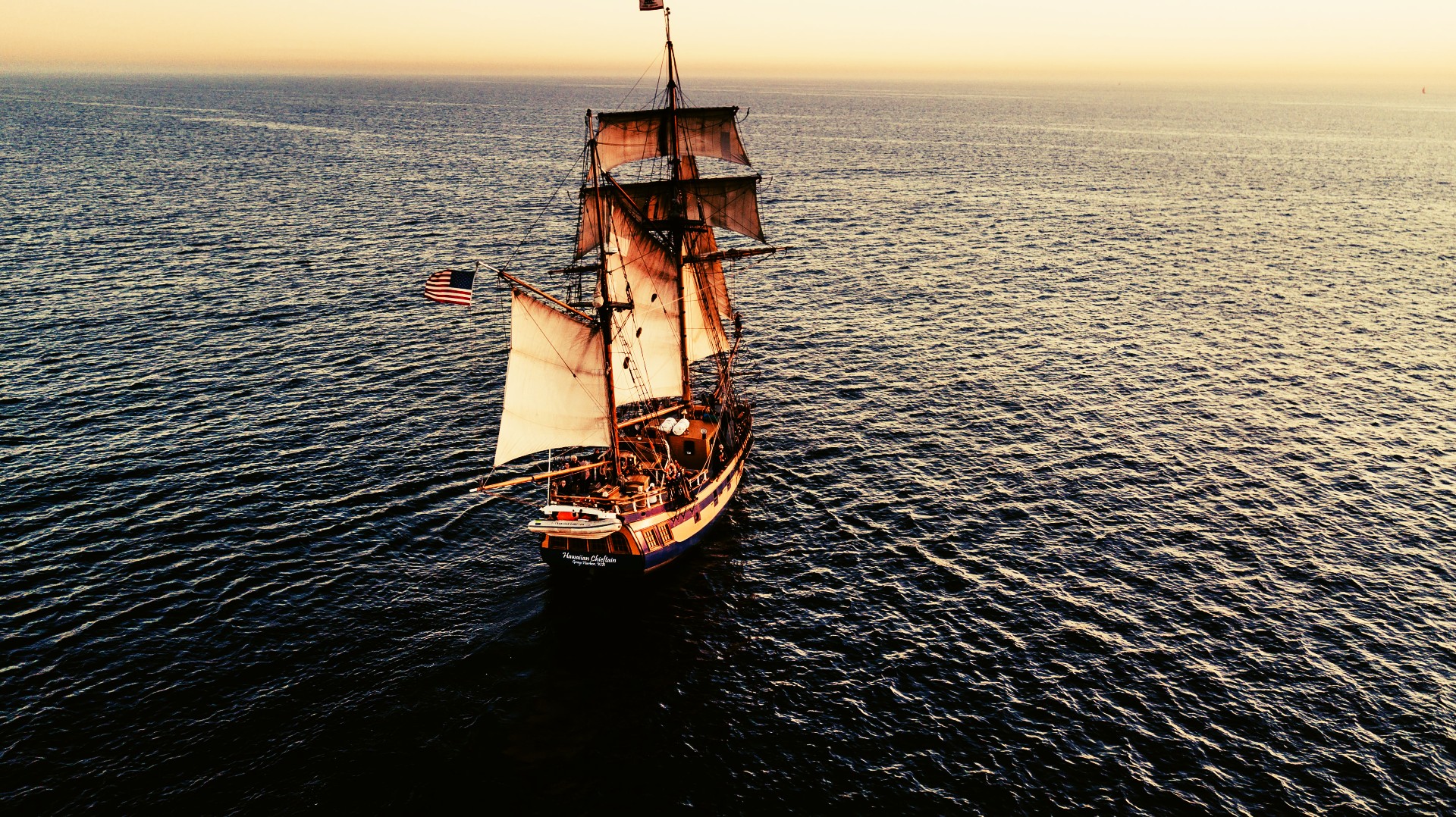
What Does a Sea Captain Do?
During a sea voyage, a sea captain can carry a lot of goods and equipment and also have to observe the loading and unloading of these cargoes. They can also write down a job description and keep regular logs throughout the journey.
Observe the loading and unloading of cargo or equipment
Observing the loading and unloading of cargo or equipment is no easy feat. It requires suitable vehicles, the right personnel, and coordination to do the job correctly. This is a surprisingly complex task, particularly on an industrial scale, and can result in costly mishaps or, at worst, fatalities. Hence, a proper risk assessment is a must. The best way to do this is to hire competent personnel. They should be able to give clear and concise instructions to their counterparts. They should also be able to follow through on their commitments.
Aside from safety, the best way to ensure a smooth and efficient loading and unloading process is to plan the whole operation. It’s also a good idea to check out the location before you get there. This is particularly true if you’re dealing with a site that allows drivers to remain in their vehicles while they perform the task.
Keep regular logs throughout the journey.
Keeping regular logs throughout the journey as a sea captain is a nautical tradition. If you are a vessel captain, you may be required to keep a log in some countries. A log is an organized record of your daily activities and the functions of your ship. Keeping a diary can help you plan your next trip in the spring. You can also record your fishing, navigation and other exciting things about your adventures.
The traditional log is a medium-sized bound book. It can be in the form of a notebook or a binder. You may also opt for a waterproof logbook if you take your boat to the open water. Consider a leather-bound log if you have a larger yacht.
In addition to keeping track of the obvious, you should also consider keeping a maintenance log. It should list essential items on your vessel that need replacement. You should also note the mileage your boat has travelled.
Write a job description.
Maritime jobs can be found all over the world. They require flexibility and can be challenging. Shipping is becoming more complex, and good communication is critical. Captains must be able to solve problems and create a positive work environment. They also need to be able to delegate tasks and make sure that all crew members are performing at their best.
The primary responsibility of a sea captain is to ensure that the vessel travels safely. They are also responsible for ensuring that all equipment is in good working order. They also make sure that the machinery meets environmental regulations. In addition, captains maintain air pressure and oxygen levels on board. They also make sure that the vessel complies with local laws.
A sea captain can be employed on various types of ships. They can be used on a cruise liner, oil rig, or merchant’s vessel. They may also be used on a tug boat or ferry.
Workplace of a sea captain
Whether you’re an adventurer at heart or you love to travel, a career as a sea captain is the perfect choice for you. You’ll be working on a boat, which means you can travel anywhere at any time. And you’ll be in charge of a team of people, which means you’ll be able to inspire and motivate them.
Captains are responsible for maintaining the health and safety of their crew and ensuring the ship’s equipment is in working order. You’ll also need to be able to read charts and know how to handle technical issues. You’ll also need to be a good leader, so you’ll have to motivate and inspire crew members to do their best work.
A sea captain’s work involves travelling between harbours, rivers, waterways, and oceans. Keeping track of the ship’s payroll and financial transactions is also essential. You’ll also have to ensure all equipment works properly and meets environmental regulations.

Facts About Ships in the Early 1900s
Some facts about ships in the early 1900s might surprise you. They include Paddle steamers, Clipper ships, Steam engines, and Submarines. This article provides you with an overview of some of these ships. The information in this article is intended for general knowledge and may not be helpful to someone unfamiliar with these types of boats.
Clipper ships
The clipper ships of the early 1900s were excellent examples of shipbuilding. With their fast speeds, elongated hulls, and delicate shapes at both ends, these ships proved an excellent alternative to steamers. Even though the clippers were prone to weather and other variables, their speed made them the preferred method of transport. Their payload capacity and delivery time were less important than the speed of the ships.
Typically carrying a crew of 25-50 sailors, clippers sailed from South Asia to England in less than two months. By the 1850s, journey times had been shortened by half. One of the world’s most famous clipper ships, the “Oriental,” sailed from Hong Kong to London in 97 days and set a new record of 436 nautical miles in a single day.
Steam engines
Steam engines were the primary power sources on ships and were used by the navy to propel them. The steam provided by the engines would help drive the boat for many miles. The early versions of these engines had flywheels geared to the crankshaft. This was thought to give the engine a smooth operation. However, the early flywheels were noisy.
The steam engines of the early 1900s were powered by a combination of steam and a piston. The smoke would be condensed and pushed to a piston. This resulted in greater efficiency. The mist was collected in the second cylinder at lower pressure. This new type of engine was made possible by advances in metallurgy. John Elder installed a two-stage steam engine on his merchant steamer, Brandon. This improved the ship’s efficiency, which was necessary for ocean-keeping navies.
Submarines
Submarines and ship in the early twentieth century were relatively simple affairs. While the first generation of ship was mainly sailing vessels, they soon began to be replaced by more powerful ship. This new breed of ship was known as long-haul cargo tramp steamers, and their owners could control them by telegraph or radio. At the same time, other ship were being built specifically for specialized purposes, such as oil tankers. These ship were often equipped with large guns. Different types of ship of the era included cattle and grain ship and cable-laying ship.
Submarine technology improved significantly by the late nineteenth century, but early subs were still limited to short runs close to shore. However, an American engineer named Simon Lake constructed a new type of submarine called the Argonaut. It featured wheels, a periscope, and a diving chamber. A crew operated a small internal treadmill, allowing the sub to stay submerged longer than previous models.
Regulations governing safety at sea
Regulations governing safety at sea have evolved to protect maritime personnel and the environment. International conventions such as the SOLAS Code set minimum standards for the construction and safety equipment on ship and require regular ship surveys and certificates of compliance from flag states. Another international convention, known as MARPOL, addresses pollution from ship, such as oil, bulk chemicals, and sewage. Various other maritime instruments are also in force.
The Valdez disaster in Alaska changed maritime safety regulations worldwide. A tanker carrying a gas or oil tank sank in March 1978 due to a steering gear failure, spilling 1.6 million barrels of oil. The incident resulted in public outcry, leading to updates to SOLAS and MARPOL. Safety audits were also initiated, leading to the 1982 Paris Memorandum of Understanding, which created the Port State Control system. This made it impossible for non-compliant ships to hide and avoid repercussions.